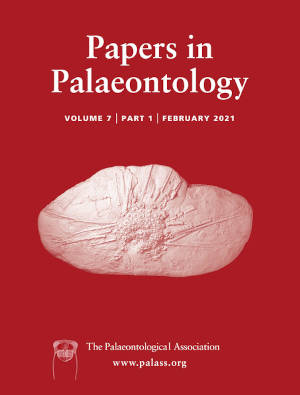Reg. Charity No. 1168330

The soft-winged flower beetles are a diverse cosmopolitan family of cleroid beetles with an unresolved higher classification, the adults of which feed on nectar and pollen. The fossil record of Melyridae is sparse, with only two described fossils known from the Mesozoic. Here we describe the first representative of the family from the Mesozoic of Europe, from early Cenomanian Charentese (French) amber. Due to the opaque nature of French amber, X-ray microtomography was used to document fine morphological details of the fossil. Protodasytes cretaceus gen. et sp. nov. possesses a unique combination of characters within the subfamily Dasytinae, which is shared by the tribes Chaetomalachiini, Dasytini, and Listrini, namely the presence of a small antennal club, tarsomere 4 slightly shorter than 3 but not distinctly narrower, symmetrical claws, and a distinct pronotal and elytral fringe. This suggests that Dasytinae had begun to diversify by the Late Cretaceous, possibly in concert with the radiation of angiosperms. The fossil record of soft-winged flower beetles is critically reviewed, and a checklist of extinct species is provided. The fragmentary Cenozoic fossils Troglops punctatissima and Malachius vertummni are removed from the family Melyridae, and the record of Attalus lusitanicus from Eocene–Oligocene Bembridge Marls is regarded as unlikely. The potential role of Protodasytes gen. nov. and Cretaceous melyrids as pollinators of early angiosperms is discussed.